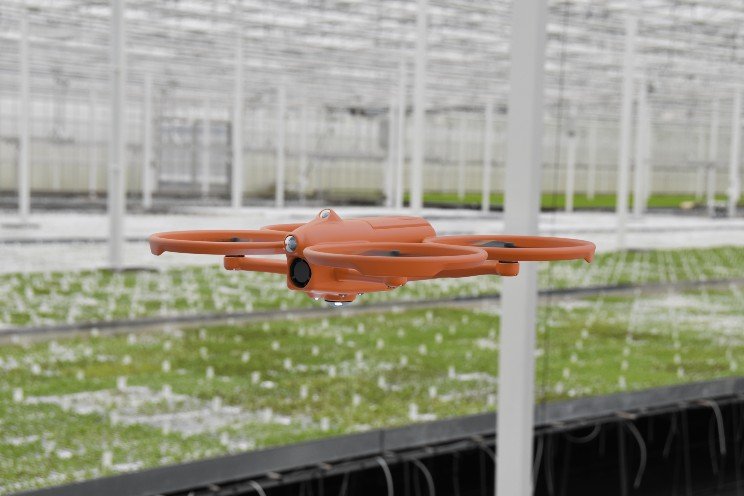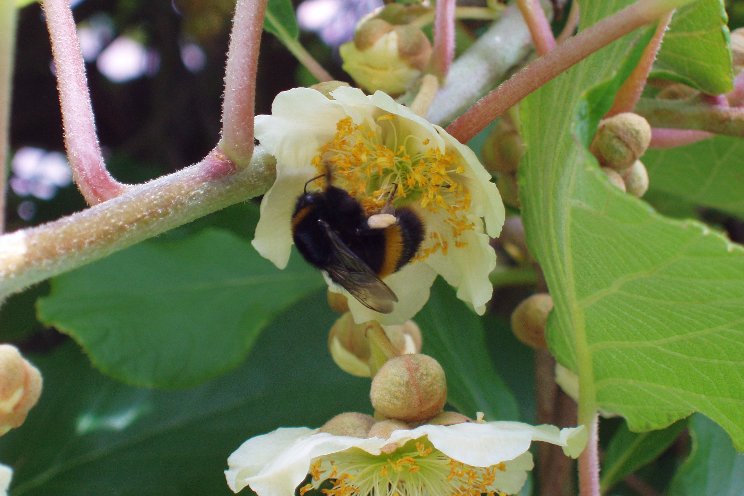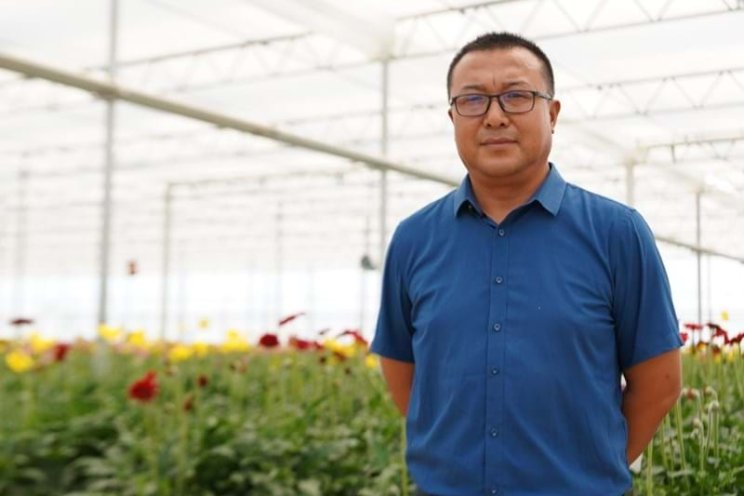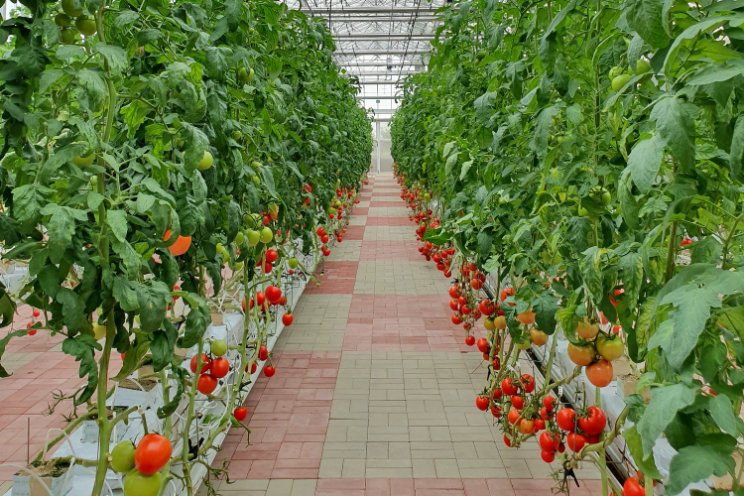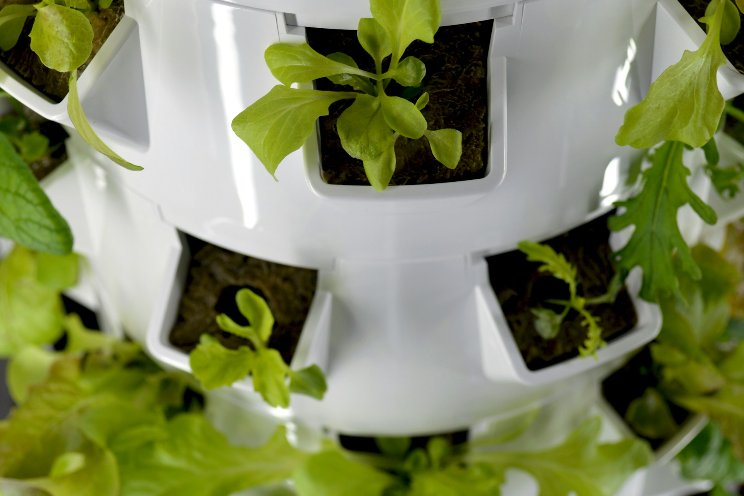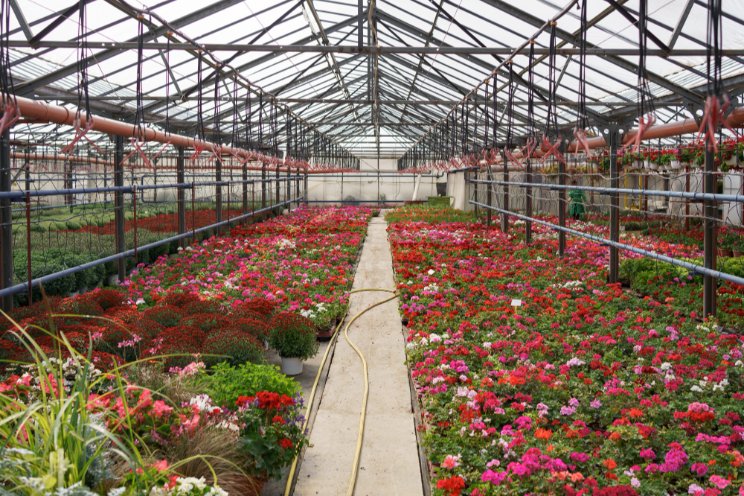Stress: when is it (still) useful?
Added on 10 October 2022
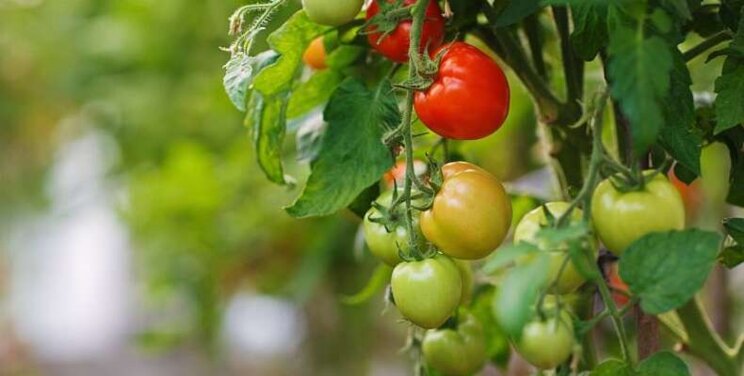
In the project 'Stress: when is it (still) useful?' a conceptual framework is made about different types of plant stress in a greenhouse cultivation. The aim is to get a better understanding of plant stress and to prevent the need for energy consuming actions when a plant is 'out of balance'. What is plant stress?
Commonly it is considered as a negative situation. But plant stress is a neutral concept: a plant senses the change that disturbs the balance between plant and environment. The plant adapts to the new situation which leads to a new balance. That means that stress can be beneficial for a grower, but stress can also have a negative effect on the crop.
Growers are steering the crop continuously during cultivation, which is in fact induction of beneficial stress. Examples are the transition from long day lengths to short daylengths to induce flowering of chrysanthemum, or pruning tomatoes. These crop management actions induce the crop to develop in the desired direction of the grower. Negative stress reactions of the crop should be avoided like closure of stomates, too high temperatures or light intensities that damage the crop.
Continue reading.
Courtesy of Wageningen
Source: Wageningen University & Research
More news

